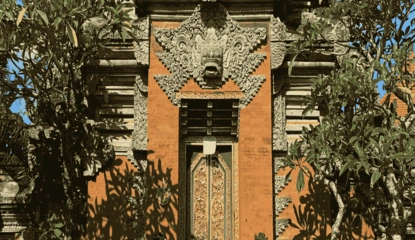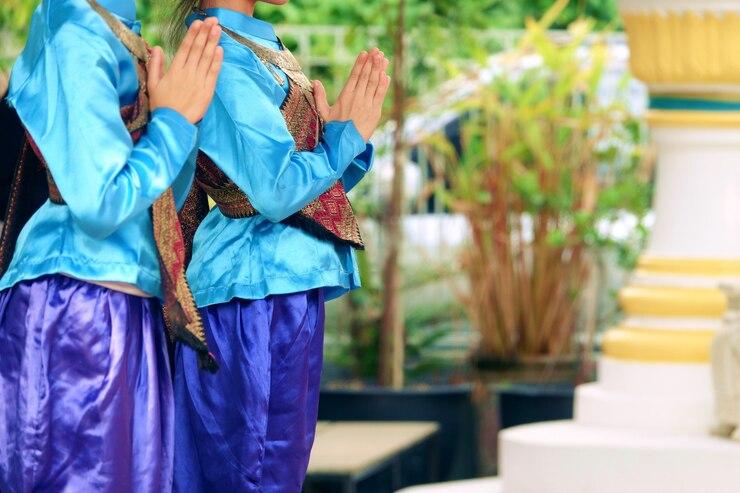Tari Zapin is a traditional dance originating from Riau, Indonesia. This dance is influenced by Arab and Persian cultures, which were brought to Riau through trade routes and cultural interactions. Tari Zapin is often performed at various traditional events, such as celebrations, religious ceremonies, and weddings.
Distinctive Features
Tari Zapin is characterized by lively, energetic, and spirited movements. The basic movements of this dance involve quick steps, such as cross steps and circular movements, followed by graceful hand gestures. The choreography of Tari Zapin tends to follow a dynamic rhythm, with dancers moving in pairs or groups. These movements reflect joy and togetherness in the Malay culture of Riau.
Costume
- Women: Female dancers wear a baju kurung with songket fabric, adorned with accessories like necklaces and bracelets, along with a shawl draped over their shoulders. The head is decorated with a bun or floral ornaments.
- Men: Male dancers wear traditional Malay clothing, complete with a sarong and headband. They also wear traditional footwear that matches the costume.
Musical Accompaniment
Tari Zapin is accompanied by traditional Malay music, using instruments such as the gambus (a plucked string instrument), marwas (small drums), and violin. The fast and rhythmic tempo of the music creates a lively and joyful atmosphere, perfectly complementing the swift and energetic dance movements.
Philosophical Meaning
- Togetherness: The paired or group movements symbolize the importance of togetherness and cooperation in society.
- Joyfulness: The quick movements and the spirit displayed in this dance represent happiness and gratitude in daily life.
- Unity: Tari Zapin also reflects the unity among communities and cultures that interact, particularly within the context of Malay culture.
The Role of Tari Zapin in Riau Society
- As Entertainment: Tari Zapin is often performed at entertainment events, such as traditional celebrations, weddings, and cultural festivals.
- Cultural Preservation: This dance helps preserve Malay Riau culture and introduces artistic and traditional heritage to younger generations.
- Symbol of Joy: Tari Zapin functions as a symbol of happiness and joy in various community celebrations.
- Conveying Social Values: Through this dance, the community conveys values of togetherness, unity, and cooperation in daily life.
Uniqueness of Tari Zapin
The uniqueness of Tari Zapin lies in the combination of energetic and graceful movements, creating a spirited atmosphere. The choreography performed in pairs or groups also emphasizes the strength of togetherness in Malay culture. Additionally, the music featuring gambus and violin adds to the uniqueness and beauty of Tari Zapin, making it a captivating and distinctive dance from Riau.










